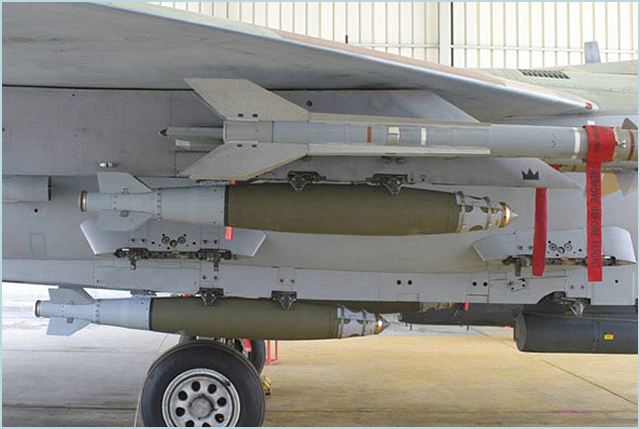

The US is the only country with any chance of damaging the Fordow chamber using just conventional air power, most experts say.

One US official, speaking to Reuters on condition of anonymity, described an attack on the underground site, about 160km south of Tehran near the Iranian holy city of Qom, as “hard but not impossible.” While the chances of such a strike succeeding are slim, they are not so slim as to enable Tehran to rule out the possibility of one being attempted, according to defence experts contacted by Reuters.Ī “second best” result might be merely to block the plant’s surface entrances, securing its temporary closure, some said. Would that weapon, delivered in a gouging combination with other precision-guided munitions, pulverise enough rock to reach down and destroy the uranium enrichment chamber sunk deep in a mountain at Fordow, Iran’s best sheltered nuclear site? It is designed for delivery by B-2 Stealth bombers. The behemoth, carrying more than 5,300lb of explosive, was delivered with minimal fanfare to Whiteman US Air Force Base, Missouri in September. With its nuclear programme beset as never before by sanctions, sabotage and assassination, Iran must now make a new addition to its list of concerns: One of the biggest conventional bombs ever built.īoeing’s 30,000-lb Massive Ordnance Penetrator (MOP), an ultra-large bunker buster for use on underground targets, with Iran routinely mentioned as its most likely intended destination, is a key element in the implicit US threat to use force as a last resort against Iran’s nuclear ambitions.


 0 kommentar(er)
0 kommentar(er)
